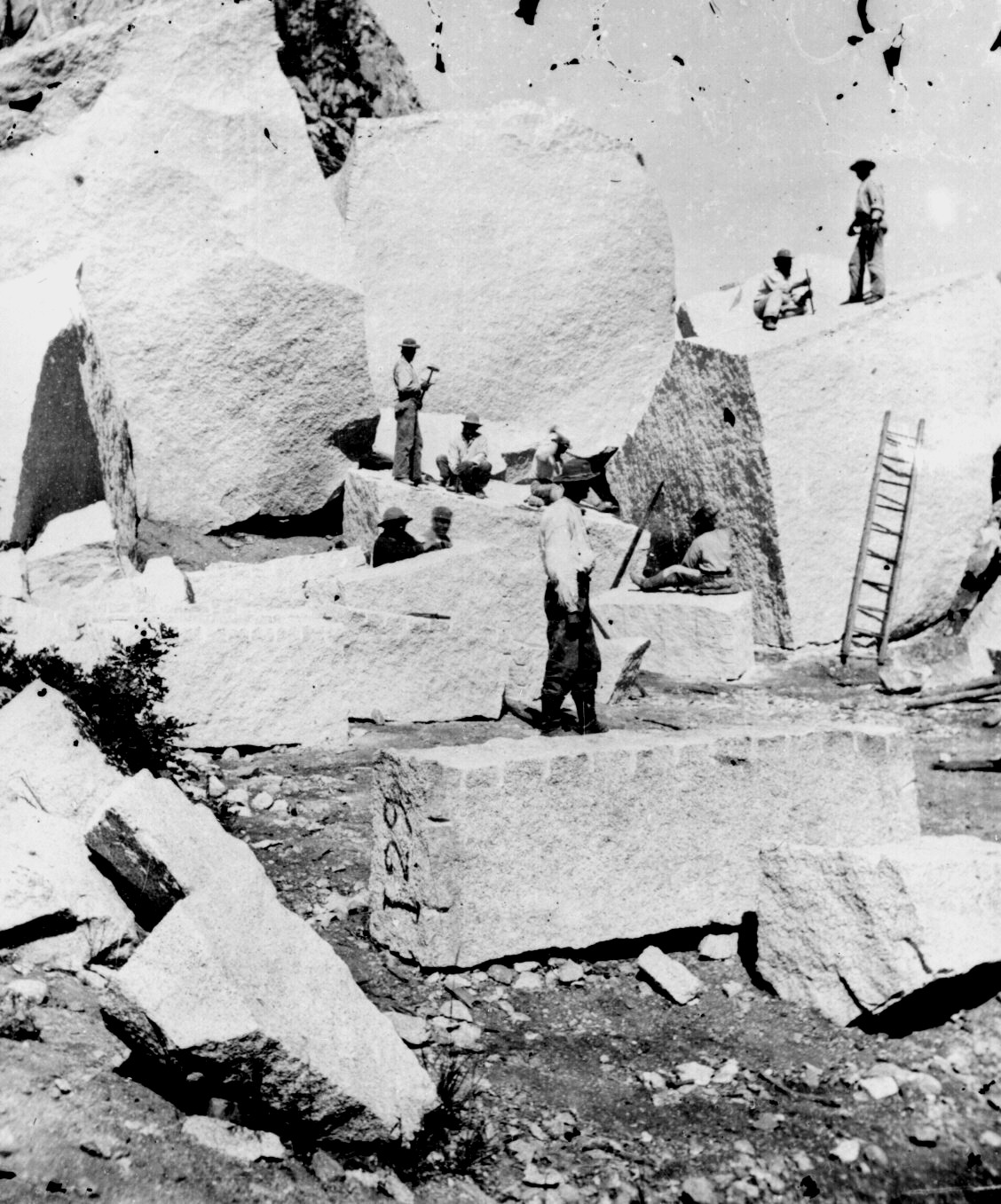William Lindsay wrote, "In the October Conference 1867, President Young
called for 500 teams to haul rock from the mouth of Little Cottonwood
Canyon to the Salt Lake Temple, which was then being built. Some 10 or 12 men and teams were sent from here, and I was one. Of course, this was
a donation all round for men, teams, and wagons.
We had heavy government wagons, six inch red pine racks, and 4 yoke of
oxen on each wagon. We put other racks on top and each took a load of ay
to feed the oxen after we got there.
A great number of men had been quarrying rock all summer. However, in
about two weeks, all the rock on hand was delivered on the temple block,
and we were discharged with thanks. It was a wonderful sight to see so
many men and teams all engaged in that labor. The distance was 21 miles,. It took two days going and coming with the ox teams. Out of the 10 or 12 who performed that labor in l867, only 3 are now alive in Jan. 1928---that is Joseph Moulton, Orson Hicken, and myself."
Photo (circa 1928) from left to right: Orson Hicken, Joseph Moulton, and William Lindsay.
 Note on the photo. It was uploaded to FamilySearch by ecrasband on Jan 4 2019. I had seen the cropped image of William Lindsay, but didn't know that it was part of a group photo. FamilySearch has been a fantastic way to share photos and stories. Thank you to those that have posted. Please post photos for others to enjoy if you have originals in your family.
Note on the photo. It was uploaded to FamilySearch by ecrasband on Jan 4 2019. I had seen the cropped image of William Lindsay, but didn't know that it was part of a group photo. FamilySearch has been a fantastic way to share photos and stories. Thank you to those that have posted. Please post photos for others to enjoy if you have originals in your family.


Photo (circa 1928) from left to right: Orson Hicken, Joseph Moulton, and William Lindsay.

Learn more at Temple Square.
Little Cottonwood Quarry Site, 1972.
https://commons.wikimedia.org/wiki/File:Granite_for_temple.jpg

Temple Square around 1868















